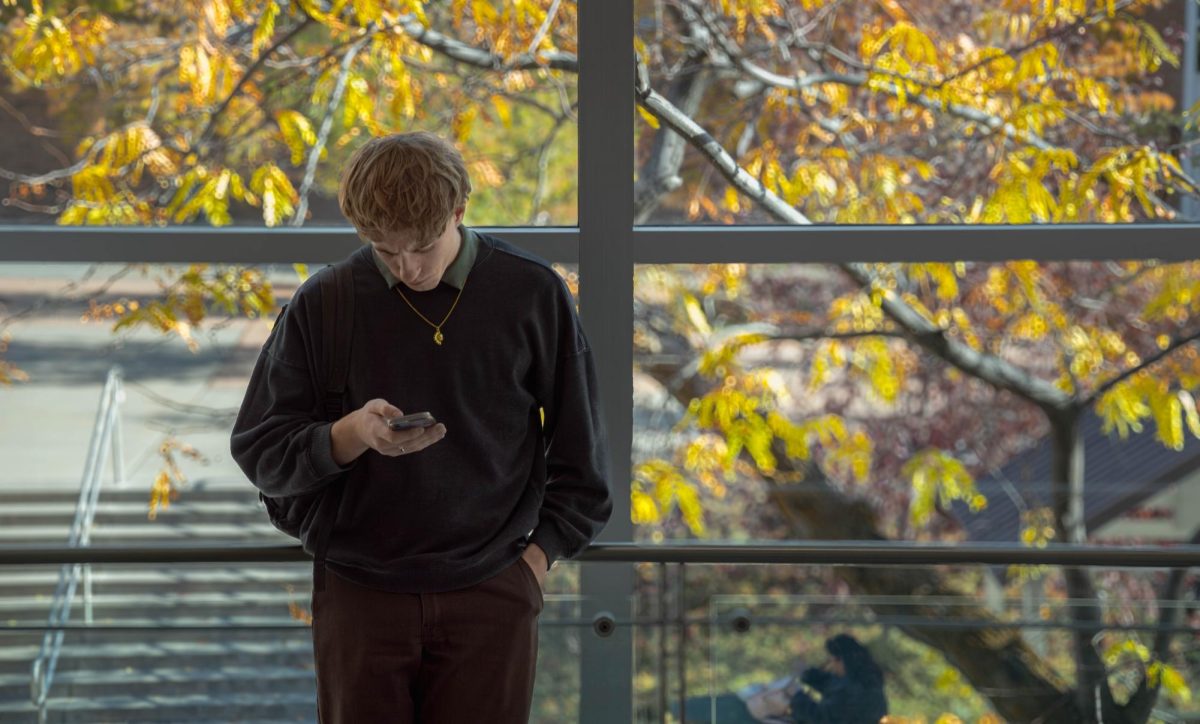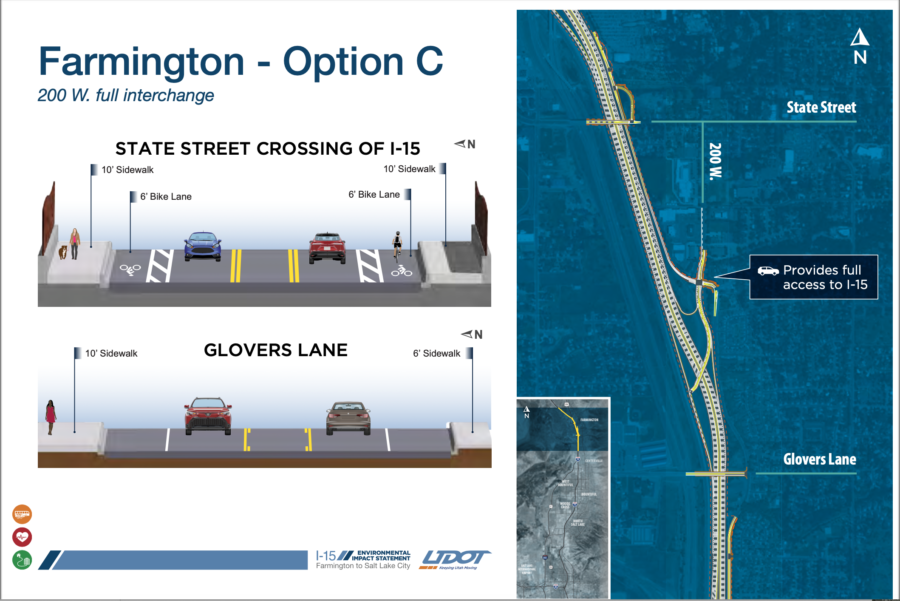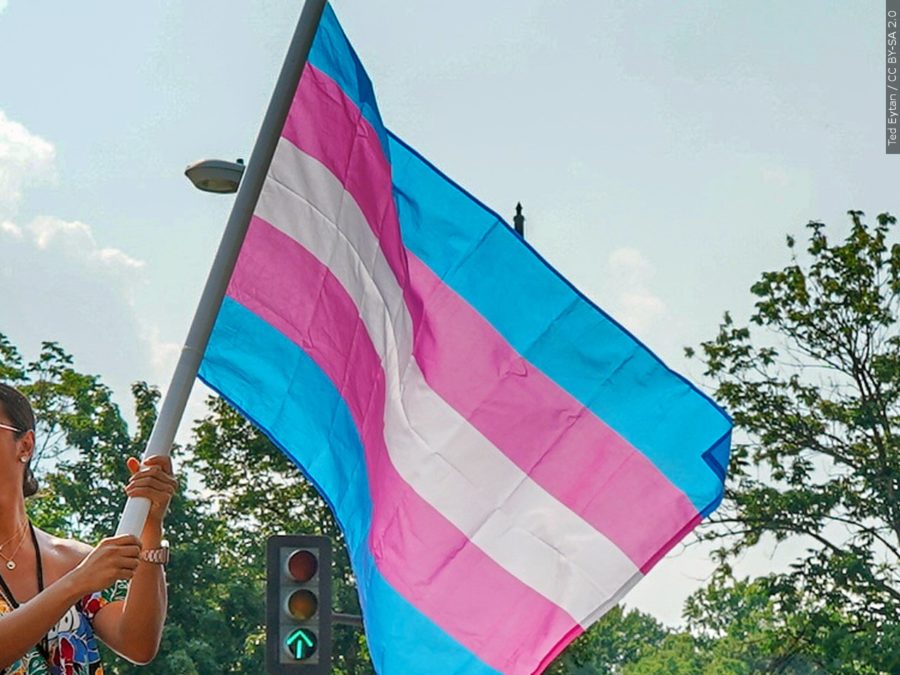For many, working while attending school is not so much an option as a requirement.
Between paying for tuition and fees, along with required textbooks and supplies, dollars can add up fast, so students find work to compensate for the constantly rising costs.
Attending school while working part-time is common. Equally prevalent are students who find themselves working more than studying in order to afford basic life necessities.
This can lead to students dropping out or performing poorly in their courses.
According to a study by the Utah System of Higher Education (USHE), total Utah higher education graduation rates for the year 2016 were around 40 percent overall.
This means two-thirds of those who spend up to six years working on a bachelor’s degree fail to graduate with one. The amount of time higher-education students spend working contributes to this percentage.
Approximately two-thirds of Utah students also work during school, according to an article in the Salt Lake Tribune.

Chelsea Tailleur, a full-time Weber State student, falls into the 65.7 percent of Utah students who work their way through school.
Tailleur works off campus at a local dentist’s office. She expressed her feelings about balancing work, class and homework.
“Luckily, my job works with my schedule. … It is stressful at times. You take a big pay cut because you’re going to school, but you have to think that it will pay off in the end,” Tailleur said.
Students are not limited to just working off-campus, as Weber State has a variety of positions and programs located right on campus.
Programs at Weber State include federal work-study, the 50-50 program and hourly part time positions all located on both the Ogden and Davis campuses.
According to the Federal Student Aid website, Federal Work-Study “provides part-time jobs for undergraduate and graduate students with financial need, allowing them to earn money to help pay education expenses.”
The funding is available to help students find jobs on campus. Many of these jobs allow students to both draw an income and study for classes.
Because work-study is funded through the federal government, the positions have certain guidelines, including working only 20 hours a week, being enrolled in at least six credit hours and maintaining a minimum GPA of 2.0.
The 50-50 program is also an option that works just like work-study, only it is not based on information via FASFA.
According to the WSU website, this program “increases the number of on-campus student jobs for the purposes of gaining meaningful work experience, retaining students, encouraging students to work toward a degree, and increasing student connections with WSU faculty and staff.”
If students find they do not qualify for either work-study or the 50-50 program, the university offers hourly part-time positions as well.
Hourly-wage students are able to work up to 29 hours per week and do not need to enroll in a certain amount of credit hours in order to be hired.
Katie Swainston, a Weber State graduate now working full-time in Career Services, remembers her time as a student and how working on campus was more beneficial than working elsewhere.
“I started as a work-study student worker in the Center for Community and Engaged Learning (CCEL). I needed a job to help sustain myself, and they were really good to work with my schedule,” Swainston said.
Swainston also said the university believes education comes first, and on-campus jobs actualize this concept and support students through the process.
She also noted students can now start the job application process for the upcoming school year.
“I would say continuously apply and search for hourly/ work-study positions,” said Swainston. “A lot of positions across campus are open to hiring any student.”



















